
Earl of Cottenham, of Cottenham in the County of Cambridge, is a title in the Peerage of the United Kingdom. It was created in 1850 for the prominent lawyer and Whig politician Charles Pepys, 1st Baron Cottenham. ) He served as Lord Chancellor from 1836 to 1841 and from 1846 to 1850. Pepys had already been created Baron Cottenham, of Cottenham in the County of Cambridge, in 1836, and was made Viscount Crowhurst, of Crowhurst in the County of Surrey, at the same time he was given the earldom. These titles are also in the Peerage of the United Kingdom. The viscountcy is used as a courtesy title for the Earl's eldest son and heir apparent.
Baron Huntingfield is a title created three times, twice in the Peerage of England and once in the Peerage of Ireland. The first two creations were by writ, but little more is known about them, except that John de Huntingfield, who was created Baron Huntingfield in 1362, married Margery de Welles, daughter of John de Welles, 4th Baron Welles. John was dead by December 1376, when Margery remarried. Both titles probably became extinct or fell into abeyance on the death of their first holders. The third creation, Baron Huntingfield, of Heveningham Hall in the County of Suffolk, was created in the Peerage of Ireland in 1796 for Sir Joshua Vanneck, 3rd Baronet, Member of Parliament for Dunwich. His son, the second Baron, also represented this constituency in the House of Commons. His great-grandson, the fifth Baron, was Conservative Member of Parliament for Eye and Governor of Victoria. As of 2013 the titles are held by the latter's grandson, the seventh Baron, who succeeded his father in 1994.

Baron Northbourne, of Betteshanger in the County of Kent, is a title in the Peerage of the United Kingdom. It was created in 1884 for Sir Walter James, 2nd Baronet, who had earlier represented Kingston upon Hull in the House of Commons as a Conservative. His son, the second Baron, sat as a Liberal Member of Parliament for Gateshead. The latter's great-grandson, the fifth Baron, who succeeded his father in 1982, was one of the ninety elected hereditary peers that were allowed to remain in the House of Lords after the passing of the House of Lords Act 1999, and sat as a cross-bencher until his retirement in 2018. As of 2019, the titles are held by his son, the sixth baron, who succeeded his father in that year.

There have been two baronetcies created for persons with the surname Buxton, one in the Baronetage of Great Britain and one in the Baronetage of the United Kingdom. One creation is extinct while the other is extant.
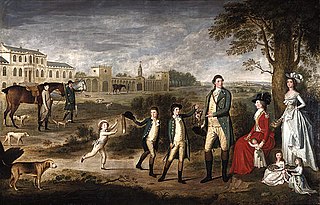
There have been five baronetcies of the United Kingdom created for a person with the surname Erskine, two in the Baronetage of Nova Scotia, one in the Baronetage of Great Britain and two in the Baronetage of the United Kingdom. Two of the creations are extant as of 2010.
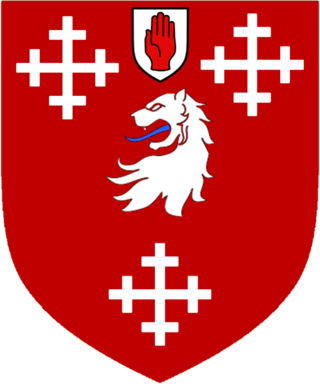
There have been two baronetcies created for members of the Armytage family, one in the Baronetage of England and one in the Baronetage of Great Britain. One creation is extant as of 2008.

There have been three baronetcies created for members of the Ingilby/Ingleby family, one in the Baronetage of England, one in the Baronetage of Great Britain and one in the Baronetage of the United Kingdom. The latter title is extant while the other two creations are extinct.
There have been three baronetcies created for persons with the surname Bernard, one in the Baronetage of England, one in the Baronetage of Great Britain and one in the Baronetage of the United Kingdom. Two of the creations are extinct and one is extant.

There have been twenty one baronetcies created for persons with the surname Williams, eight in the Baronetage of England, three in the Baronetage of Great Britain and ten in the Baronetage of the United Kingdom. Only six of the creations are extant as of 2017.

There have been two baronetcies created for the Guise family, one in the Baronetage of England and one in the Baronetage of Great Britain. The latter creation is extant as of 2014.

There have been nine baronetcies created for persons with the surname Cooper, one in the Baronetage of England, one in the Baronetage of Ireland and seven in the Baronetage of the United Kingdom.
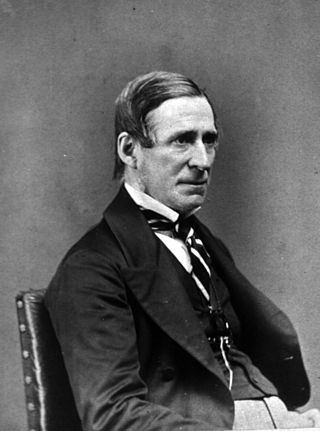
There have been three baronetcies created for persons with the surname Paget, all in the Baronetage of the United Kingdom, and a fourth created for the Bayly, which later became the Paget Baronetcy. As of 2016, two of the creations are extant.
There have been five baronetcies created for persons with the surname Reid, one in the Baronetage of Nova Scotia and four in the Baronetage of the United Kingdom. As of 2019 one creation is extant.

There have been two baronetcies created for members of the Codrington family, one in the Baronetage of Great Britain and one in the Baronetage of the United Kingdom. The family was for a long time connected with Dodington Park.
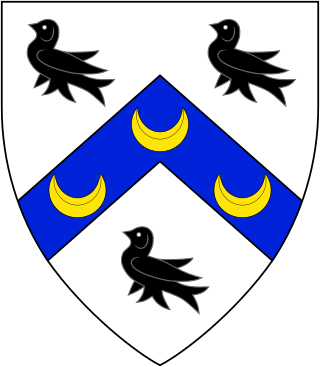
There have been seven baronetcies created for persons with the surname Watson, one in the Baronetage of England, one in the Baronetage of Great Britain and five in the Baronetage of the United Kingdom. One creation is extant as of 2016.
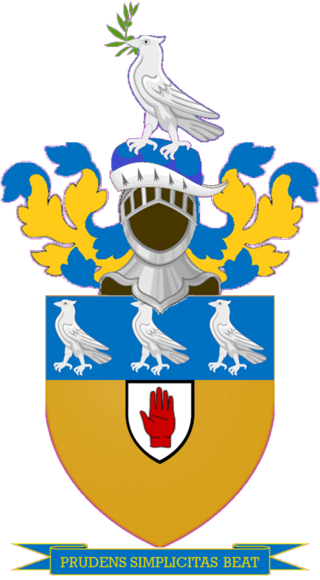
The Frederick Baronetcy, of Burwood House in the County of Surrey, is a title in the Baronetage of Great Britain. It was created on 10 June 1723 for John Frederick of Burwood House in the southern half of Walton-on-Thames which later became Hersham.

The Wombwell Baronetcy, of Wombwell in the County of York, is a title in the Baronetage of Great Britain. It was created on 26 August 1778 for George Wombwell, Chairman of the Honourable East India Company and Member of Parliament for Huntingdon. The fourth Baronet fought in the Crimean War and took part in the Charge of the Light Brigade and in 1861 served as High Sheriff of Yorkshire. As of 13 June 2007 the presumed seventh and present Baronet had not successfully proven his succession to the title, and is therefore not on the Official Roll of the Baronetage, with the baronetcy considered dormant since 1977.
There have been three baronetcies created for persons with the surname Dryden, one in the Baronetage of England and two in the Baronetage of Great Britain. Two of the creations are extant and are joined under a single holder since 1874.
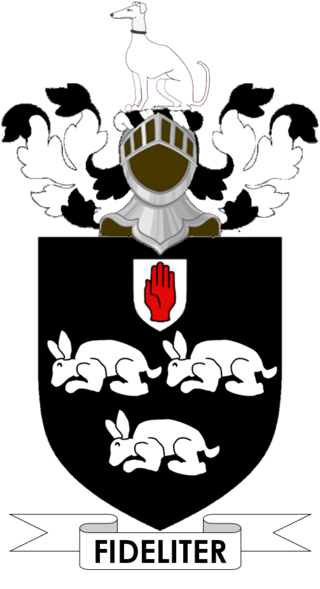
The Cunliffe Baronetcy, of Liverpool in the County of Lancaster, is a title in the Baronetage of Great Britain. It was created on 26 March 1759 for Sir Ellis Cunliffe, a slave trader and Member of Parliament for Liverpool. The fourth Baronet was a General in the Bengal Army. The fifth Baronet represented Flint Boroughs and Denbigh Boroughs in the House of Commons.
There have been two baronetcies created for persons with the surname Coghill, both in the Baronetage of Great Britain. One creation is extant as of 2008.
















